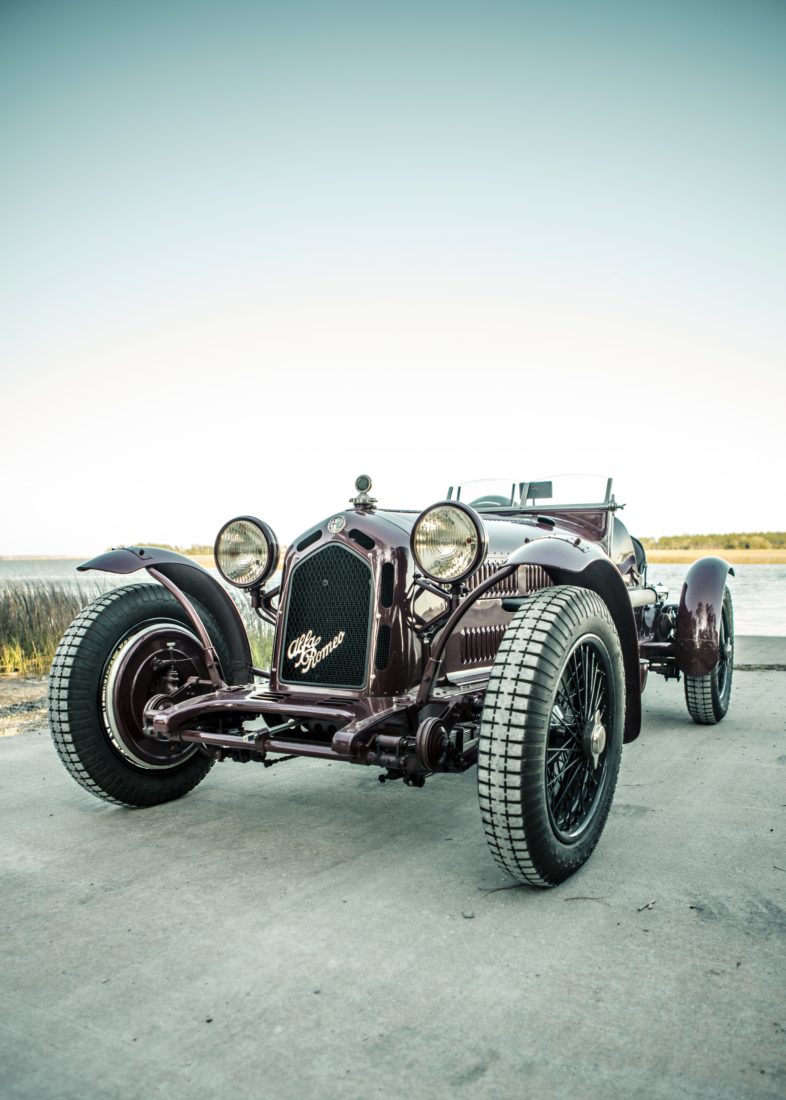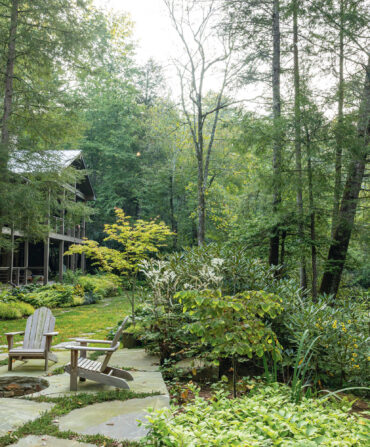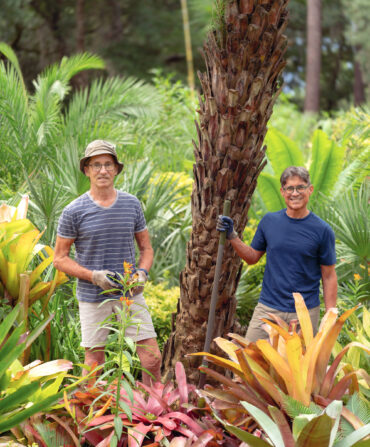On a sunny spring day, Chris Leigh-Jones takes his 1933 Alfa Romeo Monza for a spin. Stretches of new asphalt thread through the community of Palmetto Bluff, a twenty-thousand-acre expanse of estuaries and woodlands in coastal Bluffton, South Carolina. Leigh-Jones fits snugly in the low-slung body of the bullet-like classic, his short hair to the wind, no cap, no goggles, working the center throttle left-handed and scanning the road ahead as he hugs turns, always prepared to brake if need be for a crossing deer…or alligator. In the distance, a group of cyclists comes to a stop, turning to appreciate the whizzing of the supercharged engine. As Leigh-Jones accelerates, the throaty, rumbling crescendo vibrates through the pines. The cyclists grin and wave. One pumps a fist high in approval.
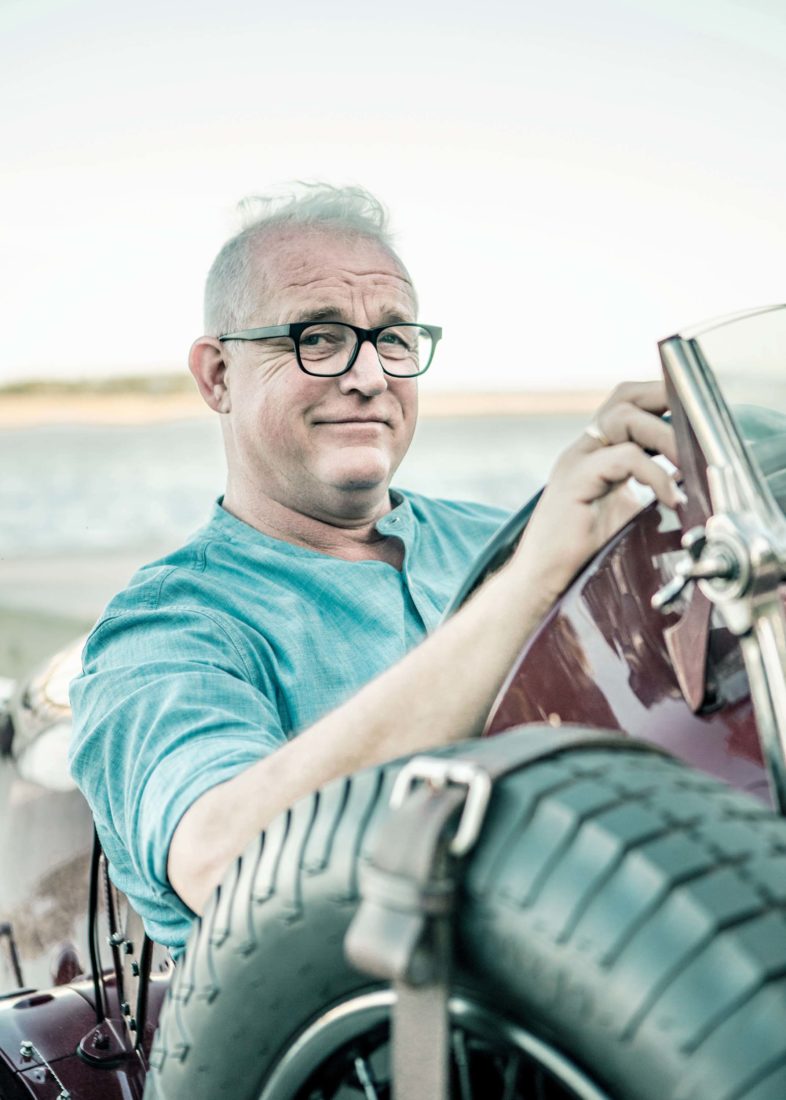
The Alfa Romeo is one of a handful of beauties in Leigh-Jones’s collection of nearly century-old cars, all of which took him years to assemble. He has a self-professed “sweet spot for making stuff”—building a model train, restoring sailboats, even constructing houses. Ten years ago, while flipping through the pages of an antique car magazine, his eyes locked on an image of a 1936 Jaguar SS100. The model invoked the Dinky Toys of his youth (Britain’s equivalent of Hot Wheels) in remote Wales. “My memory was effectively mugged, as happens with people when they grow up,” he explains of his obsession with vintage racers from the 1930s. “In my childhood mind, a ‘proper’ racing car had to have wire wheels, a long bonnet [hood], and no roof. For me, that’s a racing car.” He ordered the advertised kit, spent many a late night putting together parts, and created a vehicle that “went like the clappers” (Welsh for “drove like hell”). Next, he took on a cream-colored 1926 Bugatti T37, a long and slender replica with a rear tank tapered like a bee’s stinger. “You wouldn’t take that to Pebble Beach—you’d be laughed at. But I’m fine with it. It took me two and a half years to build. She’s a complete ballerina, though not too good in a crosswind.”
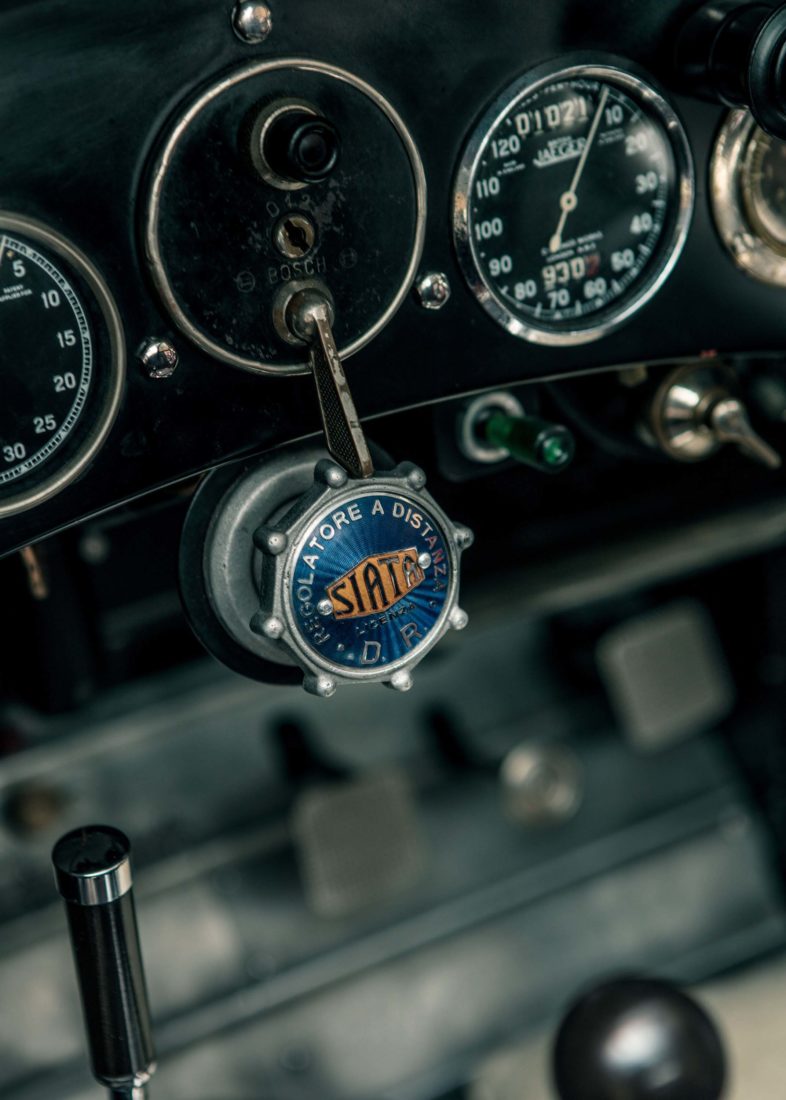
Leigh-Jones met his Texas-born wife, Sebrina, sixteen years ago on a blind date at a black-tie Guildhall event in London, followed by late-night dancing on the Embankment. The couple shared a passion for restoring old structures, which eventually drew them to Charleston, where they cofounded a construction and restoration company. Forty-odd projects later, Sebrina discovered the relatively untapped wilds of Palmetto Bluff. The couple purchased a lot near the May River and began working with architect H. Pearce Scott to design a home with a detached “barn” for the car collection, with Leigh-Jones constructing both himself.
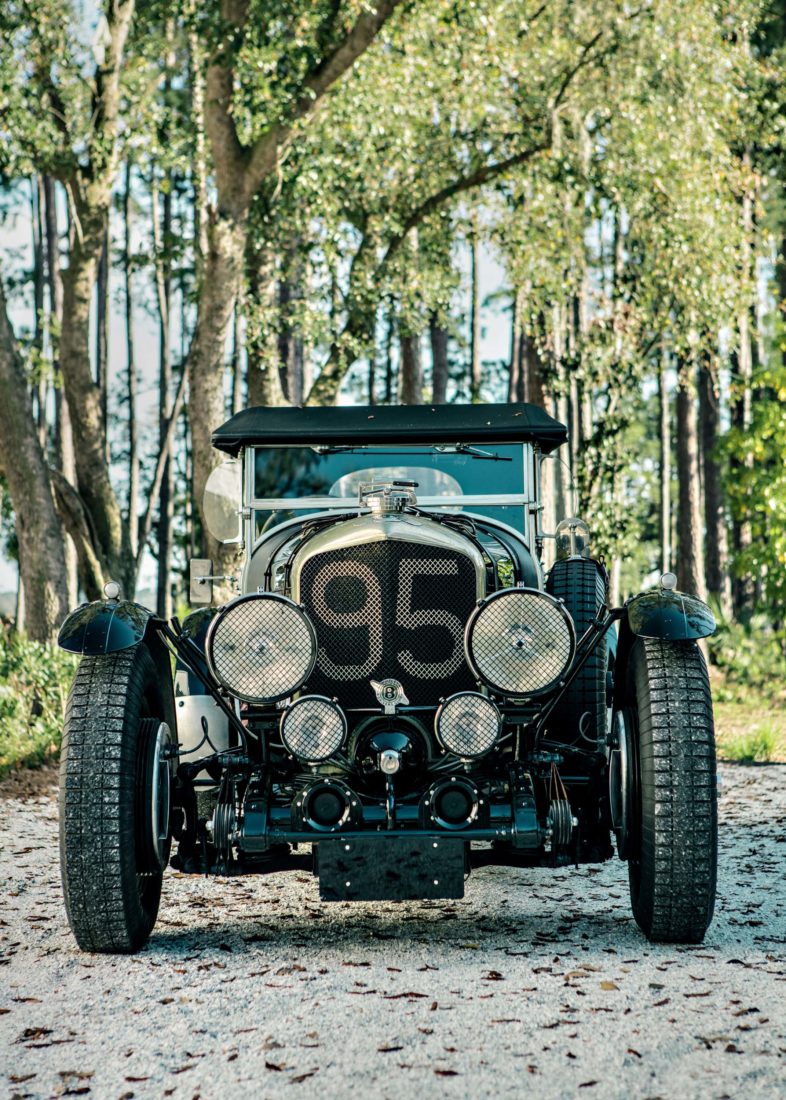
“One of Chris’s passions is taking materials and building something new and unique,” Sebrina says. “The cars are the same. They’re a labor of love.” Her husband insists he is practical, not a purist. “I’m not the type who would make a nut-and-bolt perfect restoration,” he stresses. “I’m more the type who has a pile of parts and a picture in his head and can generally employ anything to hand.”
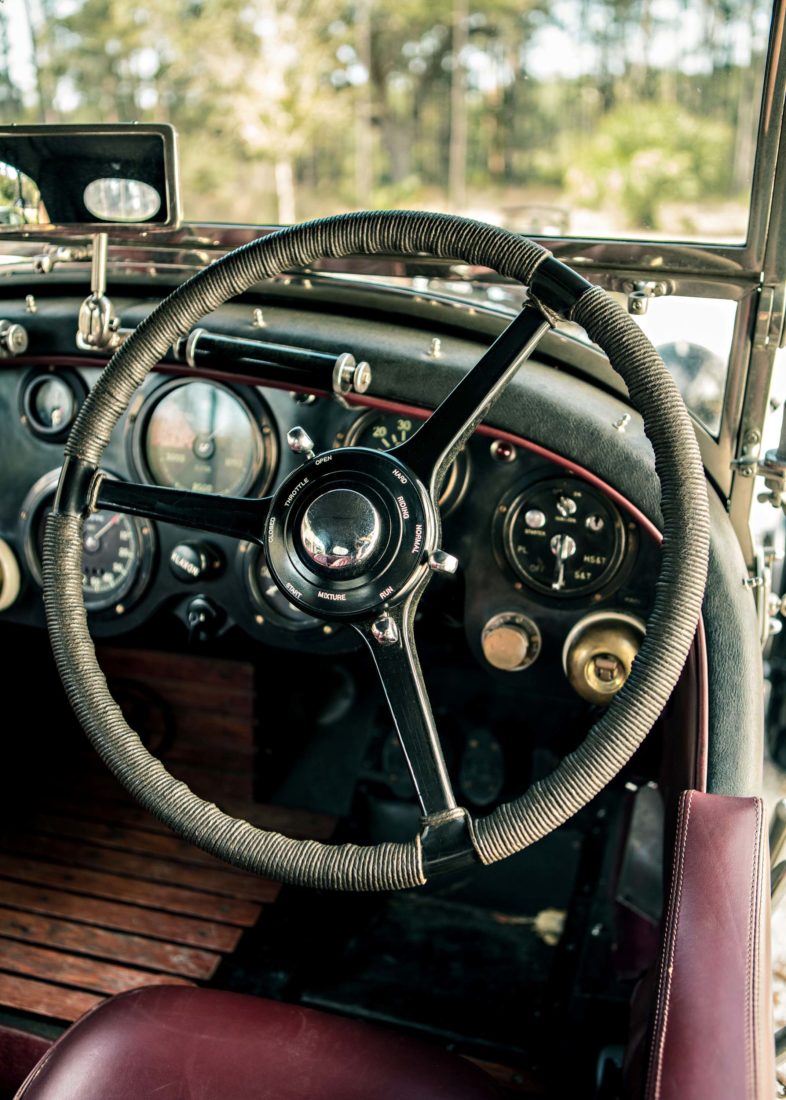
There’s the Bentley, for instance, a 1930 model that started out as less than half a car. “A chap in Kentucky rang me up one day with a sad tale, getting divorced, wanting to sell a chassis and rear axle in a hurry,” Chris says. A colleague offered up a 1946 Rolls-Royce B81 engine taken from an armored car. Leigh-Jones likens operating the two-ton Bentley, nicknamed Roger, to driving a bus. Then there’s his favorite, his magnum opus: the bloodred Alfa Romeo Monza, over four years in the making. He spent sleepless nights scouring the internet for parts, sourced from fourteen countries. “They only made a hundred and eighty of this model,” he explains, “so parts are like hens’ teeth.”
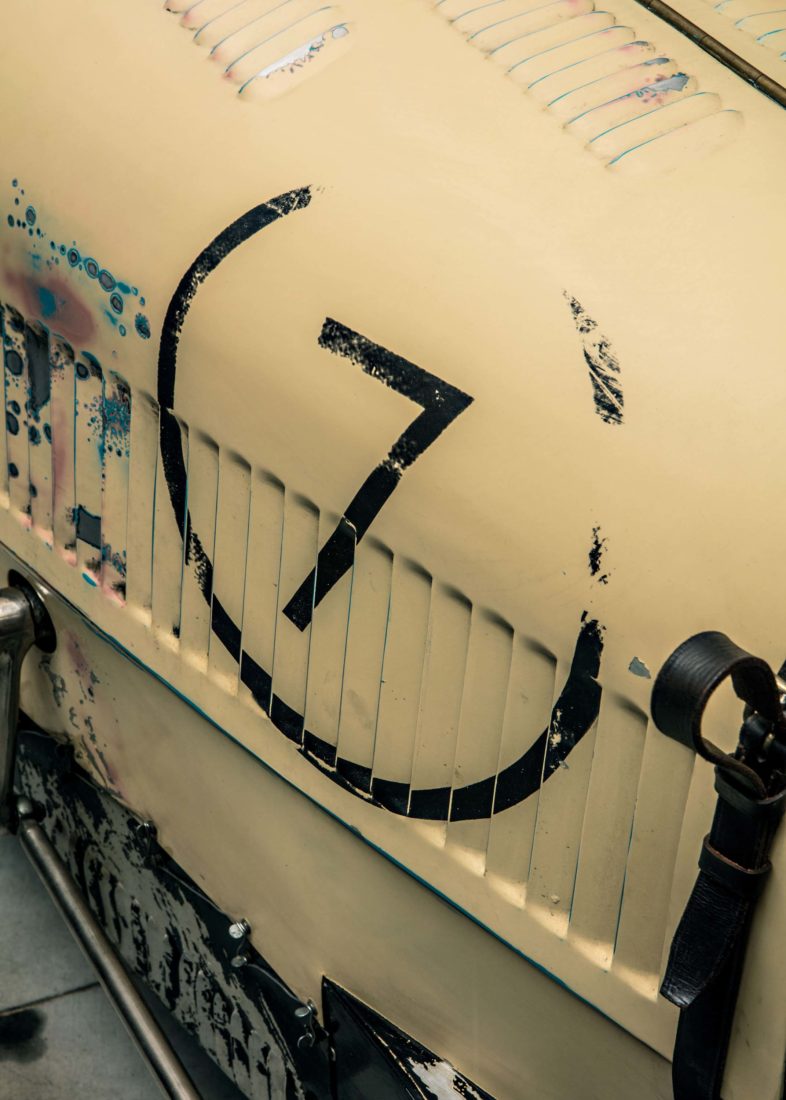
Now, as he guns the cars on quiet roads, even their lack of safety features appeals to him. “The older vehicles have nothing you expect on a modern vehicle to keep you safe,” he says—no seat belt, no cage, no roof—“so driving them involves trying not to die. They are quite terrifying at speed. But heck, you do feel alive in the summer sun!”
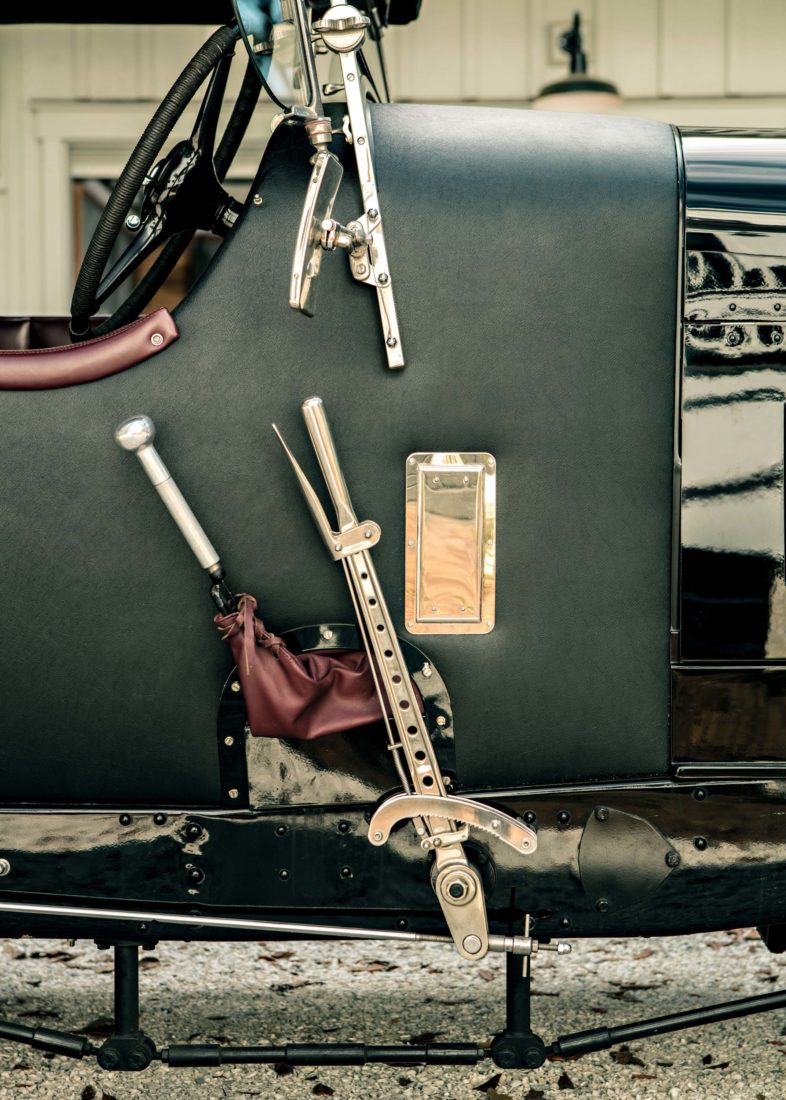
This article appears in the June/July 2020 issue of Garden & Gun. Start your subscription here or give a gift subscription here.


